Diving Sedna 1994
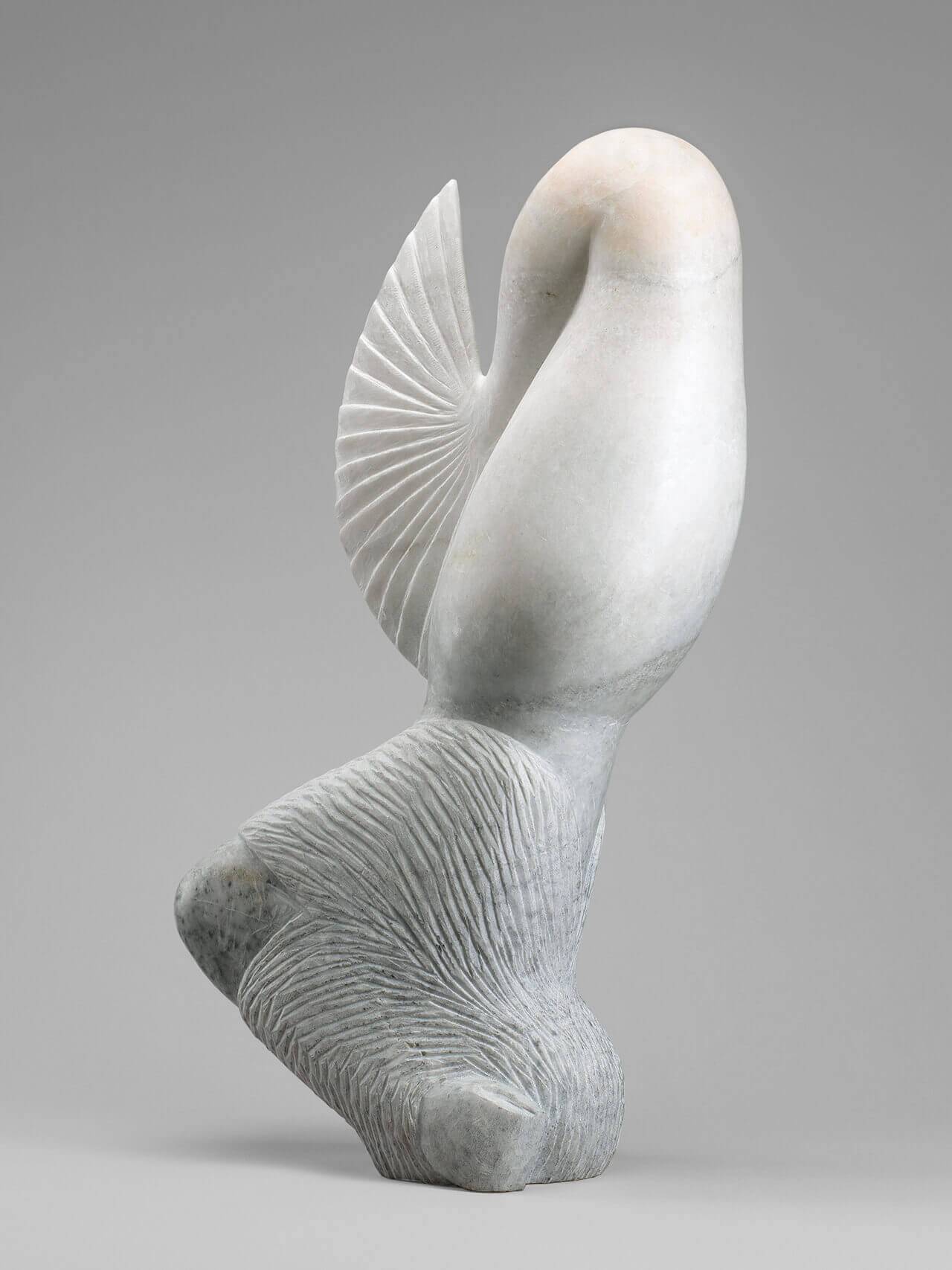
Oviloo Tunnillie, Diving Sedna, 1994
Marble (Andrew Gordon Bay), 68 x 14 x 38 cm
National Gallery of Canada, Ottawa
In 1992, Oviloo Tunnillie stated, “My favourite work is on Taleelayu—women figures.” In Diving Sedna the figure’s face is hidden, giving prominence to the rest of the body as is typical of many of Oviloo’s sculptures. Long wet hair parts around voluptuous breasts. Her whale fluke is flexed to display an enormous fan shape balancing the curved lower body. The striated textures of the hair play off the ribbed detailing of the tail. It is a bold statement in abstract form.
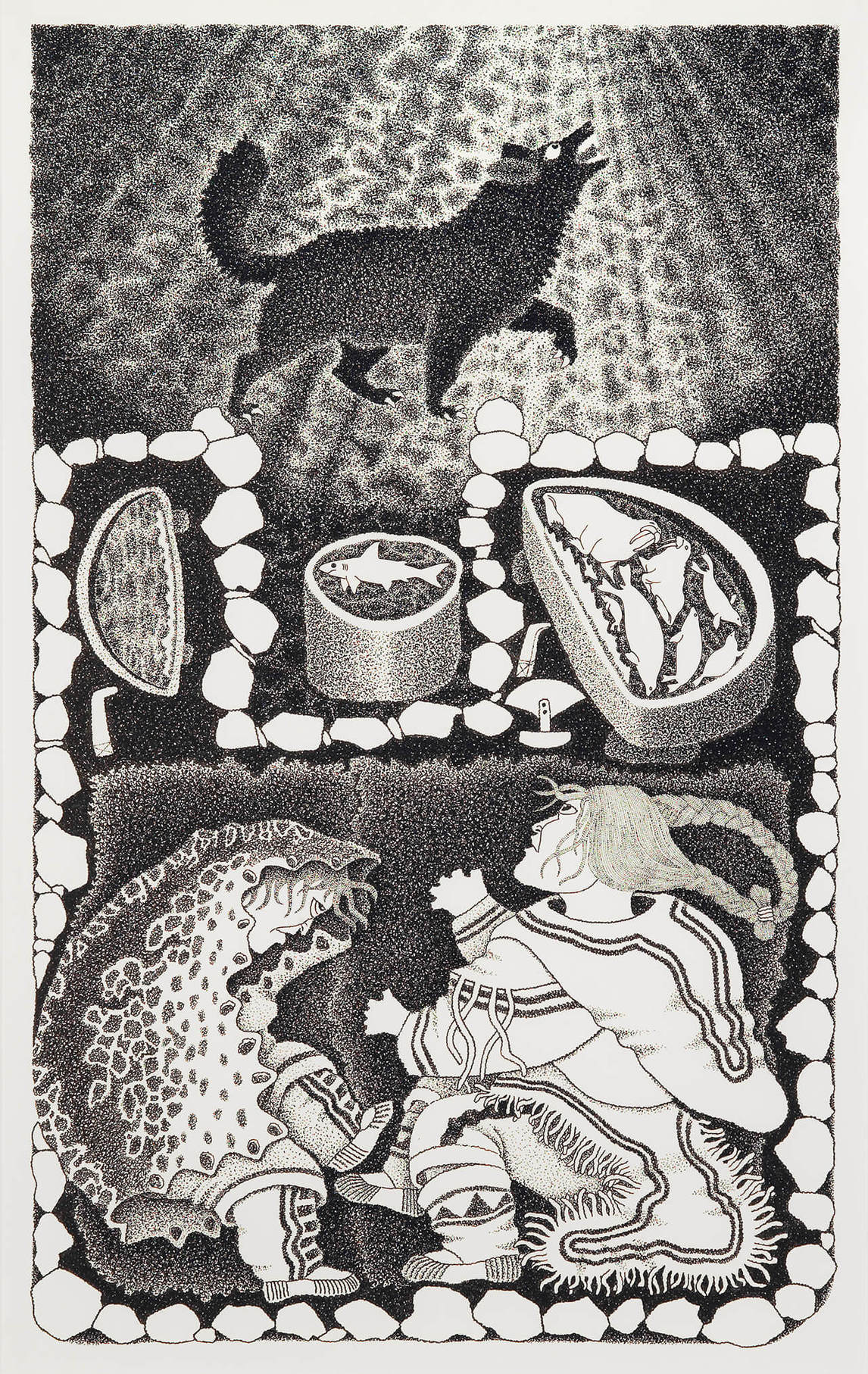
Oviloo created a number of these impressive nude female figures with lower torsos in the form of whale flukes or fish tails. This sea spirit is known to Inuit as Taleelayu or Nuliajuk, but non-Inuit often use the name Sedna, as did Oviloo at times. Taleelayu is a powerful female spirit believed to control the supply of sea animals to hunters. She is an archetypal figure and often appears in the work of other Inuit artists, such as Takannaaluk, 1994, by Germaine Arnaktauyok (b.1946). Takannaaluk is the name for Sedna in the Igloolik area, and Arnaktauyok depicts many elements of the story in her detailed ink drawing. However, Oviloo commented that she was not interested in these figures for the mythology they represent. In fact, it seems that she saw them as mermaids rather than shamanic beings.
When Diving Sedna appeared on the cover of Marion Scott Gallery’s 1994 exhibition catalogue Oviloo Tunnillie, it drew immediate interest and was purchased by the National Gallery of Canada. In a 1994 interview with curator Christine Lalonde, Oviloo said that she had intended the figure to be seen as if it had just dived, with her head under the water. She noted that it was marble and that this material was hard to work with. That she used the striking white stone from Andrew Gordon Bay on south Baffin Island indicates the interest Oviloo had in this sculpture. She would have used power grinders and Dremel (electric) tools to create detail, rather than the more powerful diamond drills, which allow for more precision and became generally available to carvers on Baffin Island in the 2000s.
Oviloo created other works featuring shamanic sea creatures, including Seaman, Seawoman and Fish, c.1981, in the collection of the National Gallery of Canada. She mentioned this sculpture in a 1991 conversation about Taleelayu:
I have only heard about mermaids or human marine beings. I cannot say that they exist . . . since I have never seen one myself. . . . They are marine beings and fish are also marine beings. Since they are both marine beings, I just included the fish to go with the mermaids. . . . Those mermaids are sea inhabitors and at one time I used to make a lot of them. I thought, “Did they have a lifestyle like the Inuit?” It was entirely out of my personal imagination that I did it.

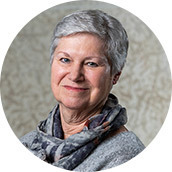 About the Author
About the Author
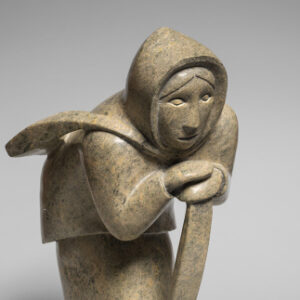 More Online Art Books
More Online Art Books
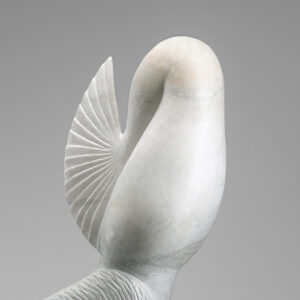 Acknowledgements
Acknowledgements